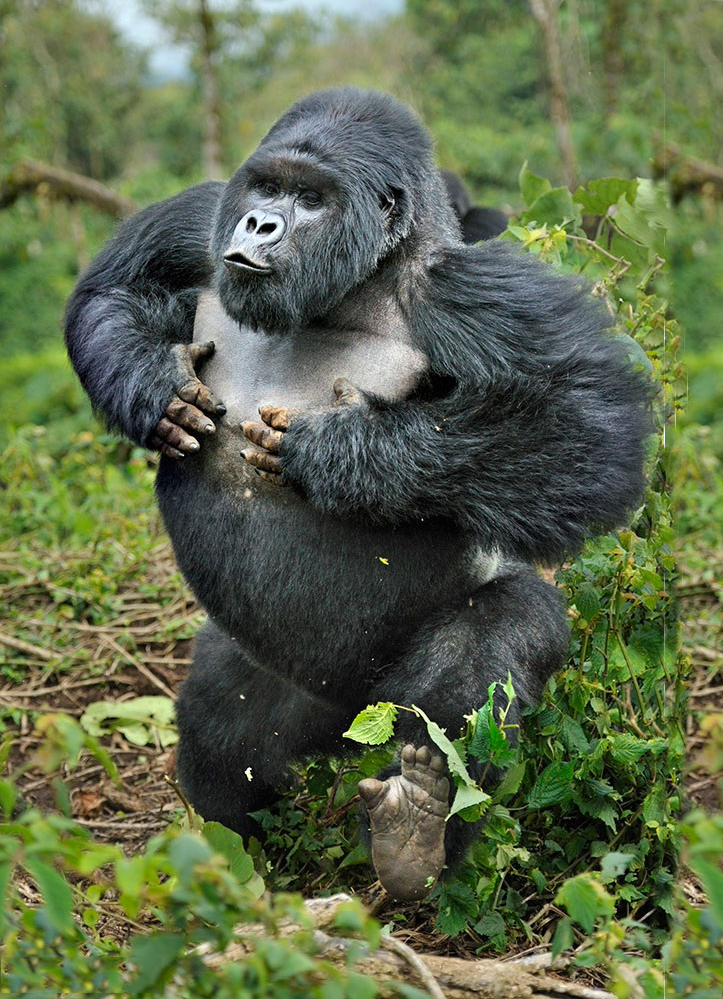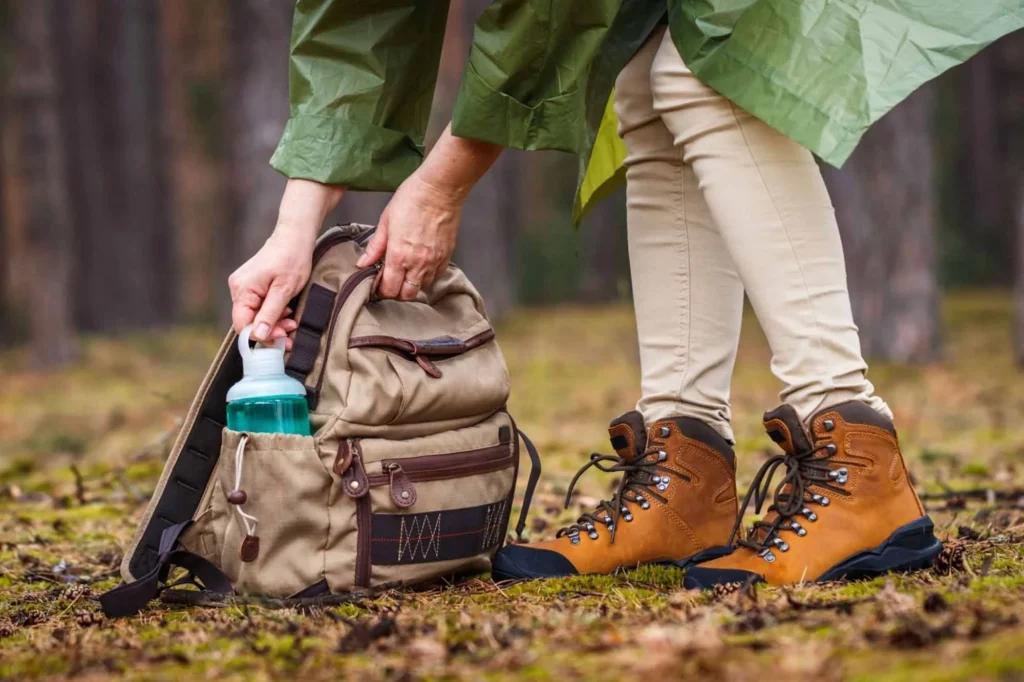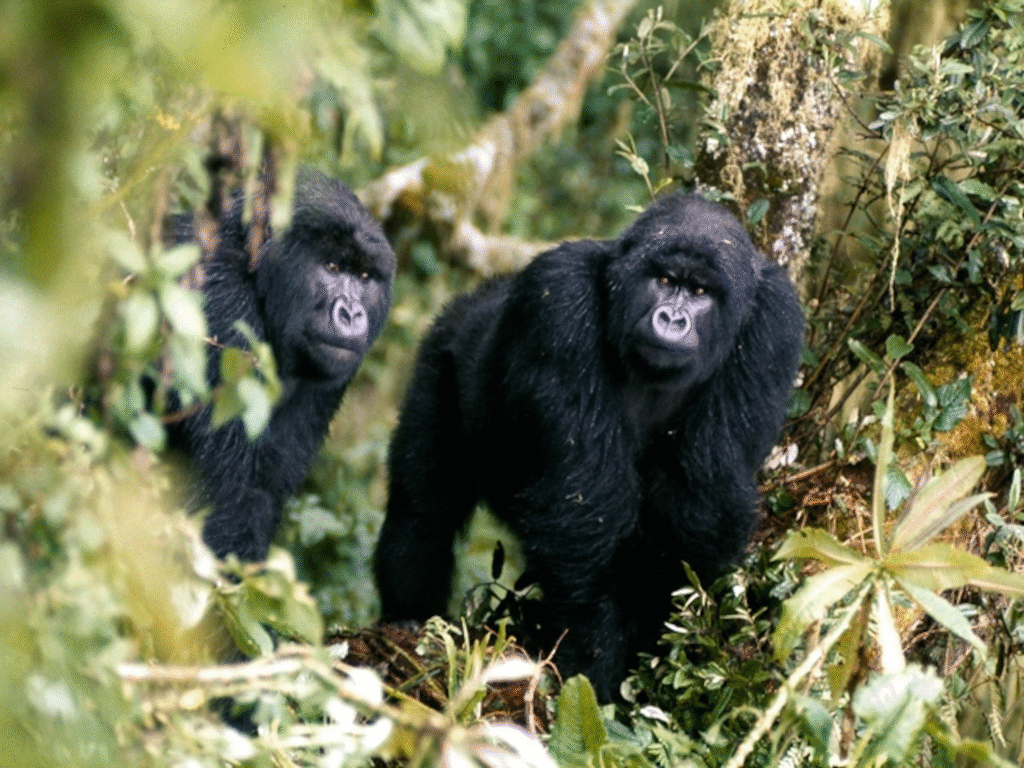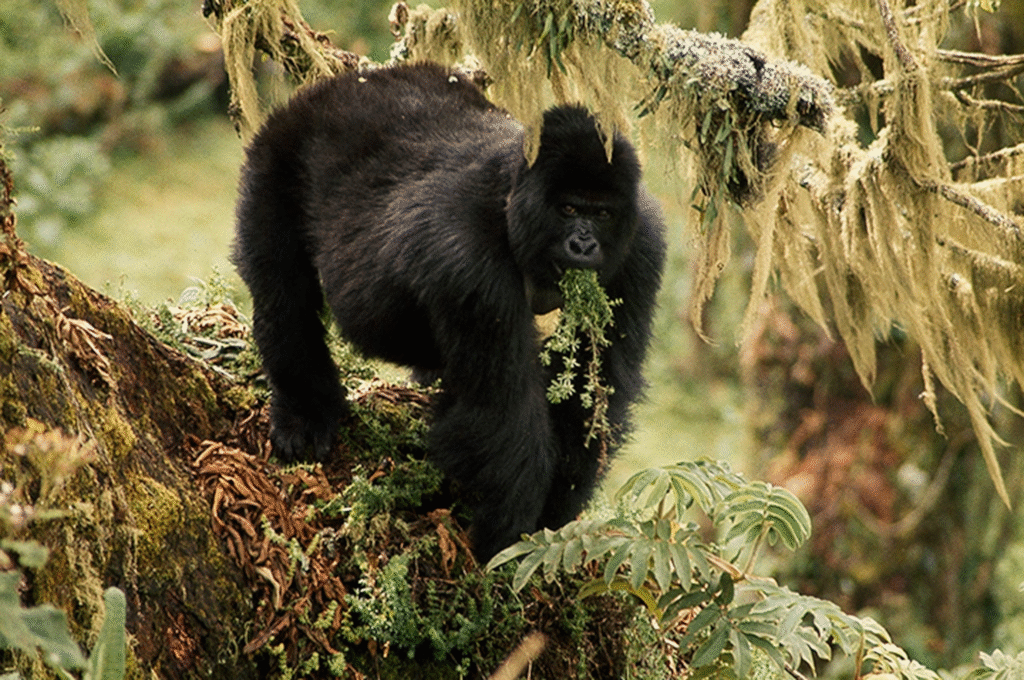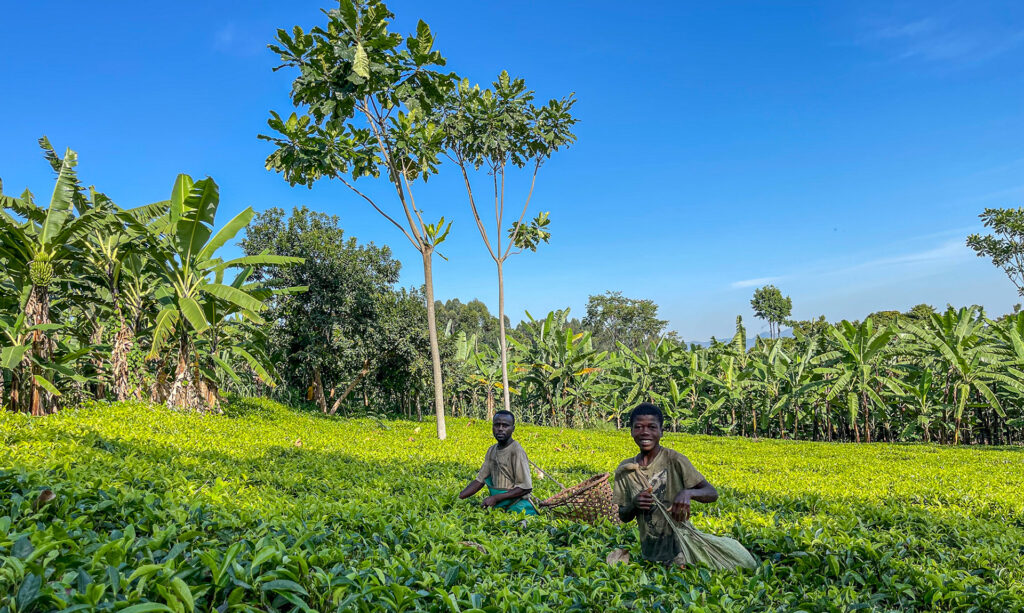Where the soul of the forest whispers in the mist
Uganda’s lush landscapes and thrilling wildlife encounters make it an unforgettable destination, but a great journey always begins with good preparation — especially when it comes to your health and safety. Whether you’re trekking gorillas in Bwindi, cycling through savannah plains, or exploring vibrant city streets, knowing how to stay protected ensures your adventure runs smoothly from start to finish.
From essential vaccinations and travel insurance to avoiding mosquito bites and staying hydrated, taking the right precautions will keep you confident and carefree throughout your trip.
Uganda is generally a safe country for travelers, but being aware of your surroundings, respecting local customs, and following basic safety measures makes all the difference. When you’re well-informed and ready, the Pearl of Africa truly reveals its beauty without barriers.
So lace up your boots, grab your camera, and prepare to meet the wild — this is where your gorilla trekking dreams and unforgettable safari adventures truly begin.
Truly Iconic Highlights in Uganda
Trek through Bwindi’s mystical rainforest and meet the endangered mountain gorillas in their breathtaking natural home.
Encounter mountain gorillas and golden monkeys on Mgahinga’s misty volcanic trails, where culture and alpine wildlife thrive together.
Unwind after your trek with a peaceful canoe ride across Lake Bunyonyi, Uganda’s most tranquil and scenic highland lake.
Enhance your gorilla trekking safari with an optional chimpanzee encounter in Uganda’s lush forests, adding depth and diversity to your primate adventure
Travel Health & Safety in Uganda: Stay Protected While Exploring the Pearl of Africa
Uganda is a country that touches your soul — with its rolling green hills, misty mountains, vibrant culture, and unforgettable wildlife encounters. From the dense jungles of Bwindi to the golden savannahs of Murchison Falls, every step in Uganda is a journey into the wild and the beautiful. But like any adventure into unfamiliar lands, your trip to the Pearl of Africa deserves thoughtful preparation, especially when it comes to travel health and safety.
Uganda is one of East Africa’s most welcoming and awe-inspiring destinations, but understanding the health and safety landscape — from vaccines to local laws, transport tips to emergency readiness — is essential. This guide will help you feel confident, well-prepared, and informed, so you can focus on experiencing the magic of Uganda with peace of mind.
Before You Go: Health Preparation & Vaccinations
Before you board your flight, take time to speak with a travel health professional or visit a travel clinic. Some vaccines are required, while others are strongly recommended based on the nature of your trip.
Required Vaccination
Yellow Fever – This is mandatory for entry into Uganda. You must show proof of vaccination upon arrival, especially if traveling from or transiting through a country with a risk of yellow fever transmission. One shot lasts a lifetime and must be taken at least 10 days before departure.
Recommended Vaccinations
Hepatitis A & B – Spread through contaminated food, water, or contact with infected blood.
Typhoid – Common in areas with limited sanitation; advisable for most travelers.
Tetanus/Diphtheria/Pertussis – Basic protection, especially for adventure or rural travel.
Rabies – Considered for those engaging in outdoor activities, volunteering, or spending long periods in rural areas.
Meningitis – May be recommended during the dry season or for long-term stays.
Measles/MMR – Ensure your routine vaccinations are up to date.
Malaria Prevention
Uganda is a malaria-endemic country, meaning precautions are necessary. You’ll need to take a malaria prophylaxis (medication) before, during, and after your trip. Options include Malarone, doxycycline, or mefloquine — your doctor will help you choose the right one.
Use mosquito repellent with DEET or picaridin, wear long sleeves in the evening, and sleep under treated mosquito nets, especially in rural areas or during the wet season.
Staying Safe While Traveling in Uganda
Safety in Uganda is often misunderstood. While headlines sometimes focus on instability in neighboring regions, Uganda is one of East Africa’s safest and most politically stable countries for tourists, particularly in areas where gorilla trekking and wildlife safaris take place.
General Security
The tourism corridors — including Kampala, Entebbe, Jinja, Bwindi, Queen Elizabeth, Kibale, Murchison Falls, and Mgahinga — are safe, heavily patrolled, and well-frequented by visitors. Tourism is a vital industry, and the Ugandan government invests in traveler protection, especially in national parks.
That said, like anywhere, travelers should stay alert:
- Avoid walking alone at night, especially in cities.
- Use reputable transport (pre-arranged taxis or tour vehicles).
- Do not display valuables openly, especially in markets or crowded areas.
- Keep photocopies of your passport and travel insurance.
Wildlife Encounters
Gorilla and wildlife safaris are closely monitored by experienced rangers and guides. Respect park rules at all times, listen carefully to your guide, and avoid wandering off designated trails.
Wild animals are unpredictable, but ranger-led treks, briefings, and safety distances make encounters very safe when rules are followed.
Food & Water Safety
Ugandan cuisine is delicious, hearty, and diverse — but travelers should take care with food hygiene, especially when eating outside established lodges.
- Drink only bottled or purified water.
- Avoid ice in drinks unless confirmed safe.
- Eat hot, freshly cooked meals.
- Peel fruits yourself and avoid raw vegetables if you’re unsure of their washing source.
- Wash hands regularly, or use sanitizer before eating.
Most mid-range and high-end lodges offer excellent hygiene and Western-level food safety. It’s usually street food and remote village dining that requires extra care.
Transportation Tips
Uganda’s road network has improved significantly in recent years, but it’s still essential to plan your transport wisely.
Hire a trusted tour operator or licensed driver.
Road signs can be minimal, and driving conditions in rural areas vary widely.
Avoid using boda-bodas (motorbike taxis) unless you’re experienced, wearing a helmet, and using a known, professional provider.
Flying domestically to gorilla trekking regions (Kisoro or Kihihi) is safe and often the best option for short visits, cutting out long, winding road journeys.
Always check with your operator about travel times — a 300 km journey may take 8 hours depending on terrain and weather.
Health Services & Emergency Care
Uganda has both public and private hospitals, with the best care available in Kampala and Entebbe. For safari zones, most tour operators are equipped with emergency protocols and partnerships with air evacuation services.
Bring a basic medical kit: rehydration salts, painkillers, stomach medications, antiseptic cream, and insect repellent.
Travel insurance is essential — make sure it covers medical evacuation, especially if you’re trekking gorillas or visiting remote areas.
For more serious cases, Nakasero Hospital and International Hospital Kampala (IHK) are the top-rated facilities. Some safari lodges have on-site nurses and access to flying doctors in case of emergencies.
More Gorilla Trekking Information to Know.
Gorilla trekking goes far beyond just the hike — it’s a deep, emotional journey into the heart of Africa’s last wild rainforests. Knowing the right timing, permits, fitness tips, and park details can turn your experience from good to unforgettable.
In the Realm of Giants – Bwindi & Mgahinga in Frames.
Wander through an elegant gallery capturing Uganda’s most exclusive gorilla sanctuaries, where ancient forests cradle the last mountain gorillas in a world of mist, mystery, and majesty.
Essential Planning Tips for Visiting Uganda’s National Parks.
Get ready for the wild heart of Africa with expert travel tips on when to visit, what to pack, where to go, and how to make the most of your safari across Uganda’s breathtaking national parks.
Why Uganda for Gorilla Trekking?
Uganda is not just a destination — it's the very soul of gorilla trekking. With over half of the world’s remaining mountain gorillas calling its misty forests home, Uganda offers the rarest encounters in their most authentic setting. Here, your journey is not rushed or crowded. Instead, you’re guided by experienced rangers through pristine jungles where gorillas live as they always have — wild, free, and magnificent
From insider travel insights to unforgettable trekking guides, our blog is your trusted path into Uganda’s wild heart — connecting you with mountain gorillas, breathtaking landscapes, and the soul-stirring adventures that make this land unlike any other.

